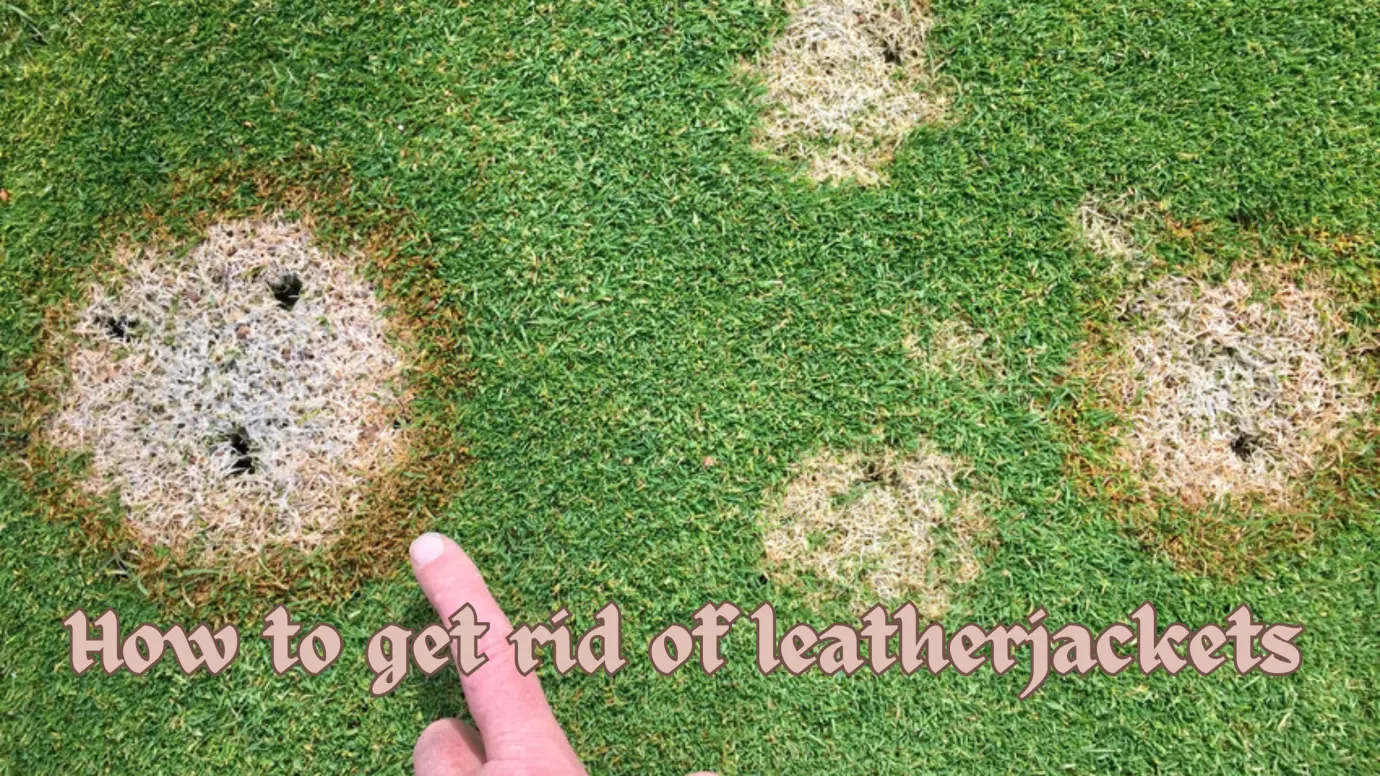How to get rid of leather jackets
Introduction
Leatherjackets are one of the most destructive horticultural pests, especially on UK lawns. If left alone, these annoying little pests may damage an entire lawn, so it’s critical to understand what you’re dealing with and how to regain control of your garden.
This is where we can assist. In this article, we’ll go over how to recognise a leather jacket infestation, how to keep them out of your garden, and how to get rid of them, including manual and chemical pesticide eradication.
What are leatherjackets?
Leatherjackets are the grubs or larvae of crane flies (Tipula species), sometimes known as daddy-long-legs. They have long, thin legs, tiny bodies, and thin wings. Although numerous distinct types of craneflies generate destructive leatherjacket grubs, they are difficult to detect. They all cause identical harm and are treated in the same manner.
Leatherjackets cause what kind of damage?
Leatherjackets consume plant roots and seeds. On warm, humid evenings, they may emerge to the surface to eat, cutting through plant stems at soil level and nibbling holes in leaves. Bare patches may occur when plants are closely spaced, such as in lawns. Birds and animals often dig into the grass in search of leather jackets to eat.
Where plants are wider apart, such as in borders or a vegetable garden, the first sign of an assault is abrupt withering and death. Scraping away the dirt or raising the grass will reveal the source of the damage. The offenders will not be far away.
How can I identify leather jackets?
Look for grubs that are 2.5–4cm long. They are greyish brown or perhaps black, having strong leathery skins that protect a sensitive body. Leather jackets lack a defined head or legs. Their hue makes them tough to identify.
When do they generally appear?
They are most common following a warm, rainy, and mild autumn, which promotes the survival of the small, freshly born leatherjackets. Though they may begin eating on the grass at that time, they often succumb to thirst and do not develop big enough to inflict considerable harm throughout the winter. When the grubs start eating again in the spring, the real problems might begin.
What are the signs of a lawn showing the presence of leather jackets?
Grubs eat largely on the grassroots, so there is typically little obvious damage until the lawn begins to wither, thin, and die back. The most obvious sign of an infestation is fast thinning of the turf, which starts in shaded regions or on the lawn’s edge and results in a very thin exposed turf, as well as holes and divots caused by birds pecking at the grass to feed on the larvae. In severe circumstances, the grass will become completely barren as the grubs grow in size and hunger. It is not rare for Leather Jackets to develop unexpectedly on hard surfaces during wet weather, such as adjacent asphalt or pathways.
Here are our best strategies for recognising and eliminating these pests:
- The simplest technique to check for larvae is to dig a series of tiny test holes with a fork to a depth of approximately three inches into the grass surface.
- Pay close attention to any sections of grass that seem stressed or thinning, especially around the borders in shaded places, near a fence or wall, etc. If your lawn has been harmed, you will see that the root system is quite weak; therefore, the grass may simply peel away from the lawn.
- Wherever feasible, attempt to remove the grubs from the grass before they do any more harm. The most effective approach is to cover the whole lawn (or just the afflicted area) with black plastic sheeting overnight, causing the grubs to rise to the surface where they can be brushed off and exterminated.
- Birds devour numerous leather jackets, and you may assist them by turning over the dirt in spring to expose the grubs.
How can I restore the damage?
If you still have a good amount of grass covering, you may be able to revitalise it by doing mechanical lawn restoration in late spring or summer to heal the damage caused by these hungry creatures. Scarification, aeration, supervising, and top dressing are often sufficient to bring grass back to life.
If a lawn has gotten exceedingly barren, the only alternative may be to returf or reseed it. Before proceeding, you need to confirm that they have all been removed from the lawn. Therefore, we propose rotovating to expose any that remain to birds and predators.
Is there anything I can do to keep them from returning?
Prevention is the most effective method of protection. Acelepryn, a professional pesticide product, may be administered by a certified professional during particular periods of the year, with the optimal time being when the grubs are very young; nevertheless, this product should only be used once per year. Organic pesticide-free treatments are known as ‘nematodes’, which are minute worms. They penetrate the grubs and infect them with a bacterial illness, killing them. Nematodes are available from a variety of horticulture providers, but be aware that timing, soil moisture, and larval maturity are all crucial for treatment efficacy.




Post Comment